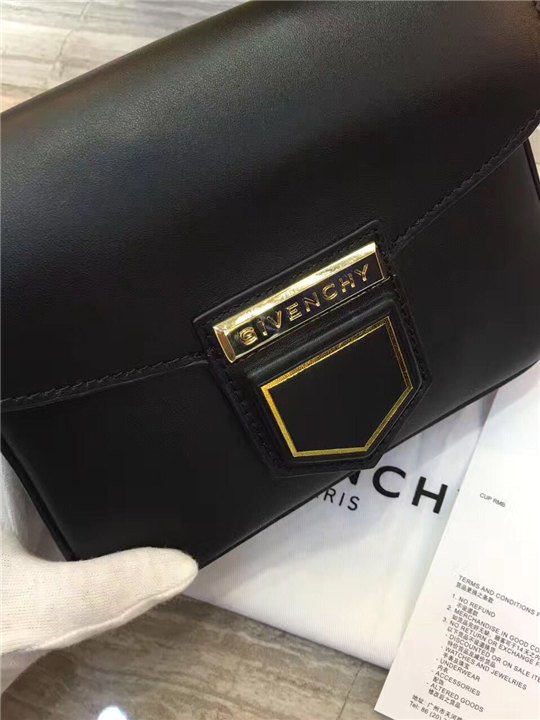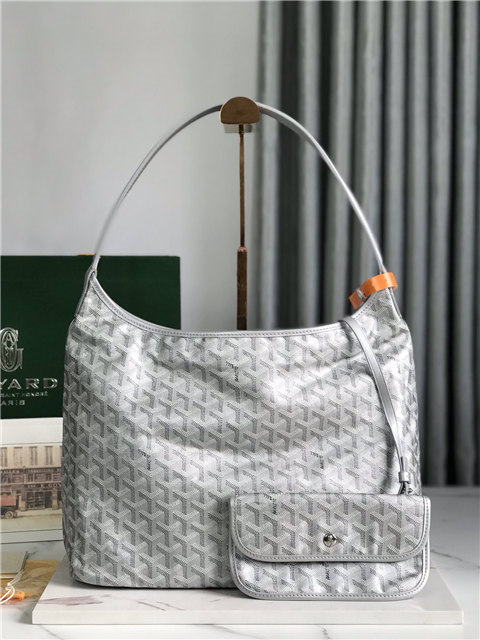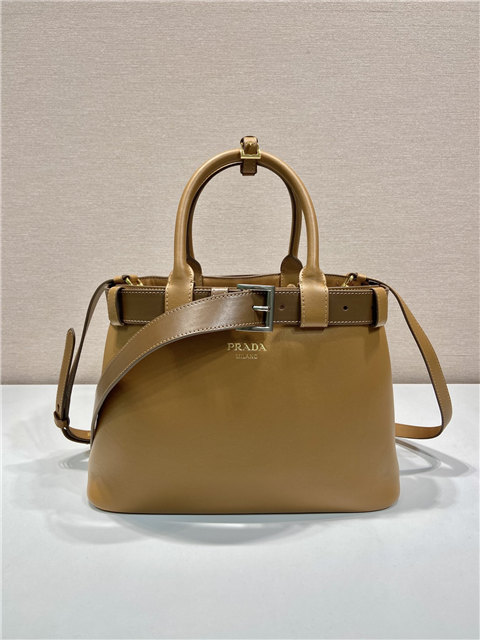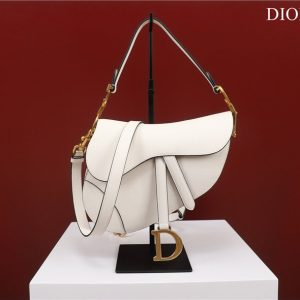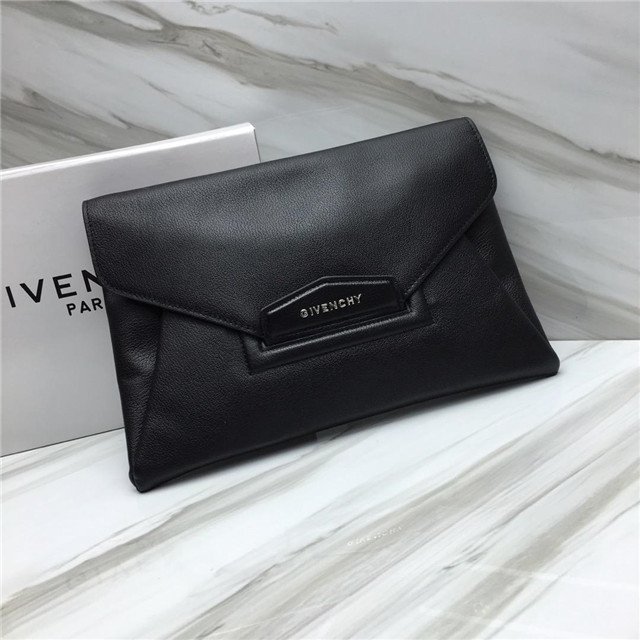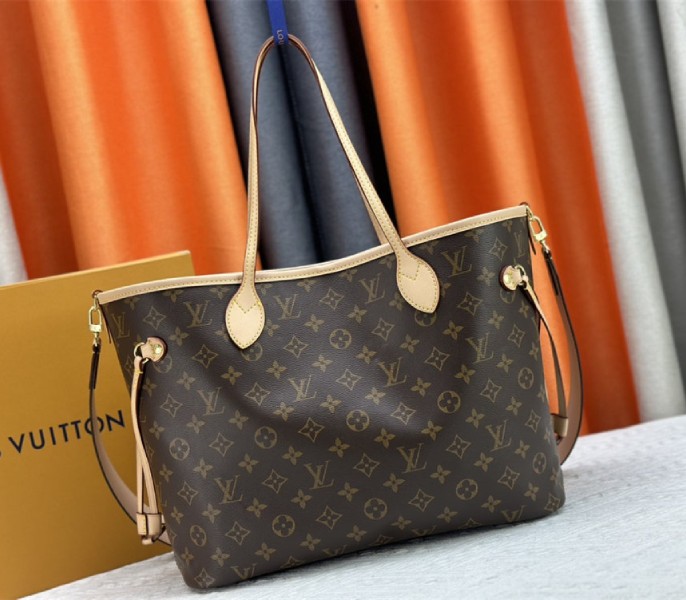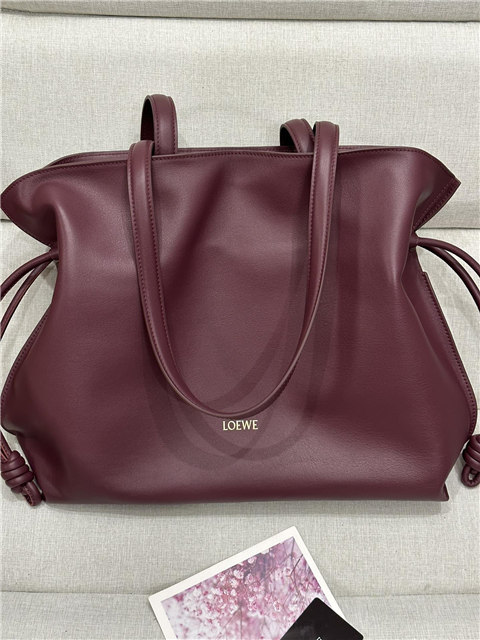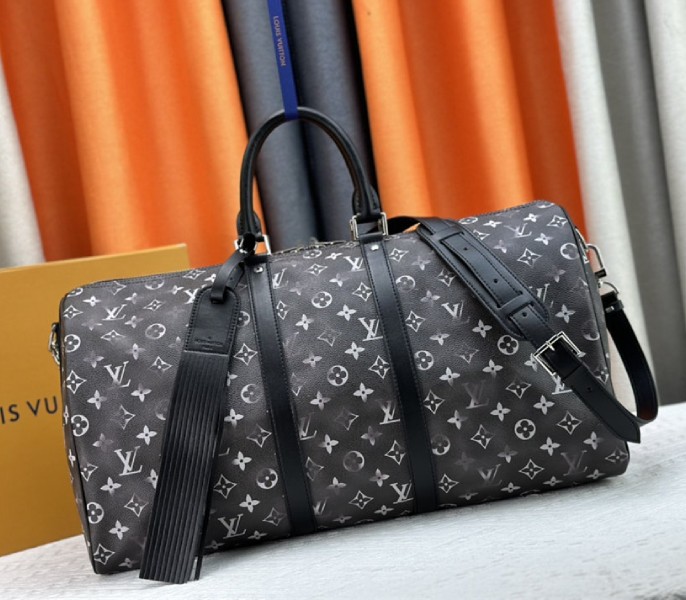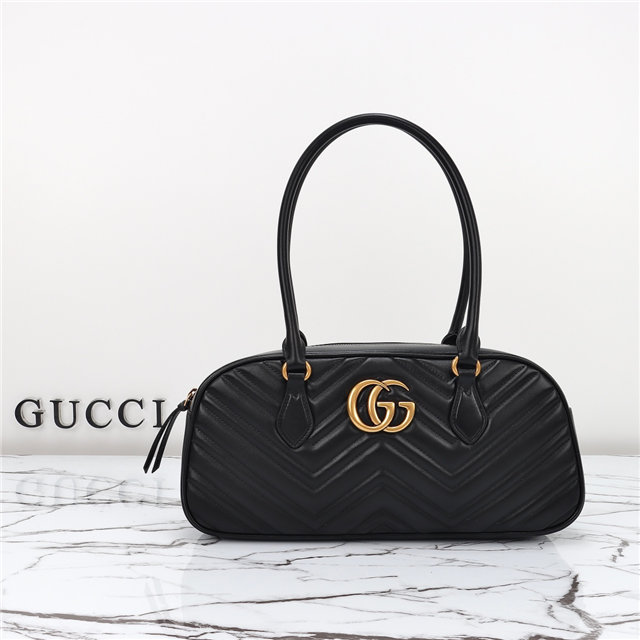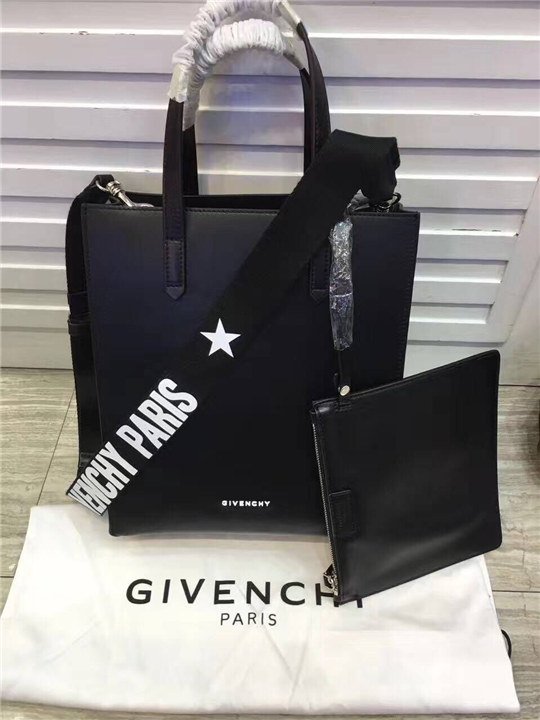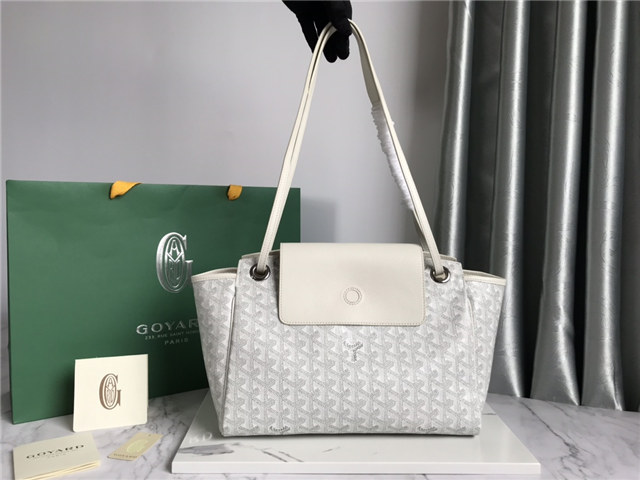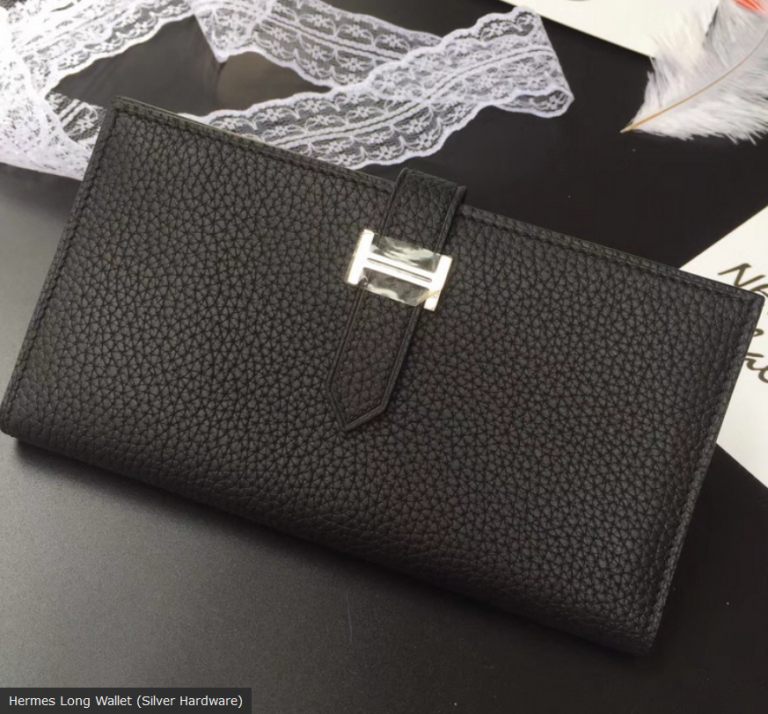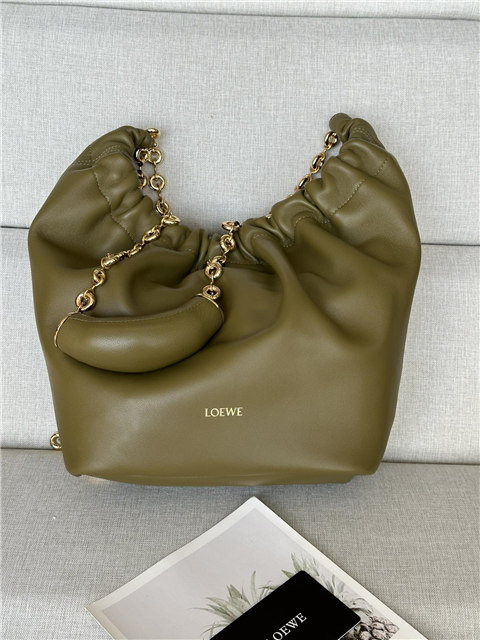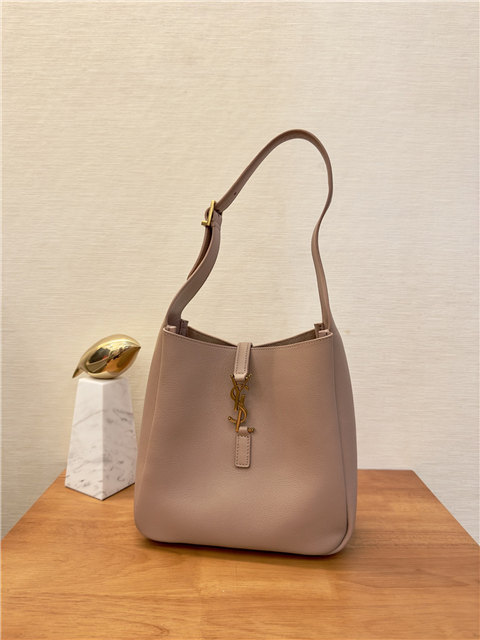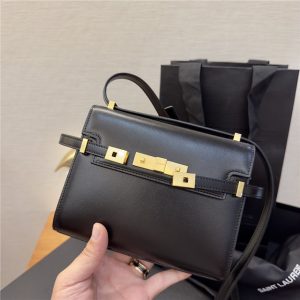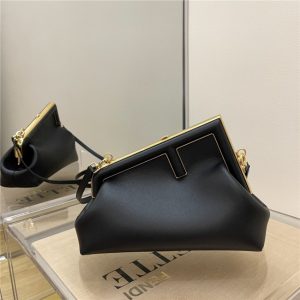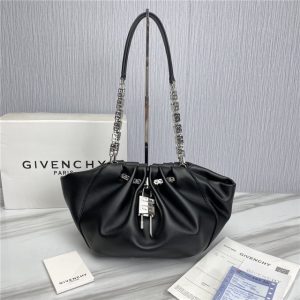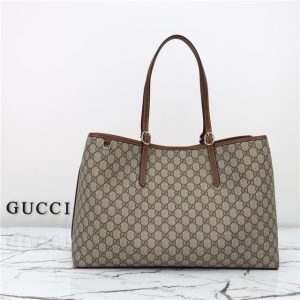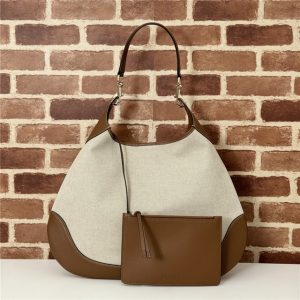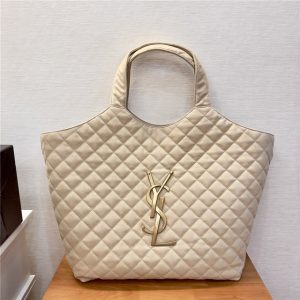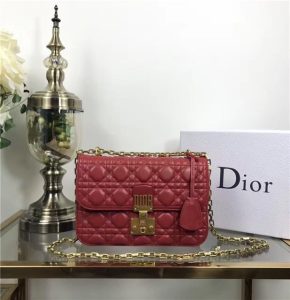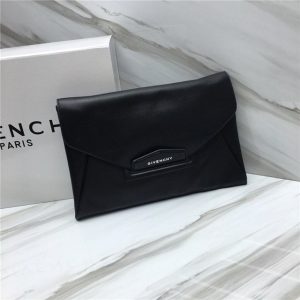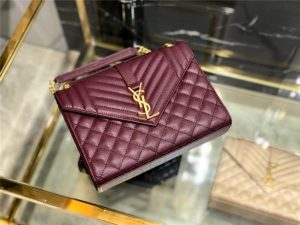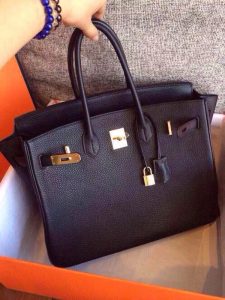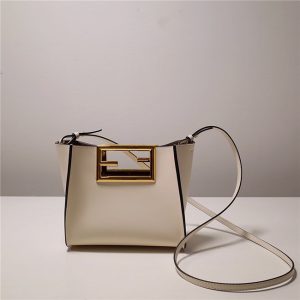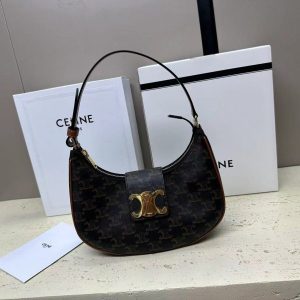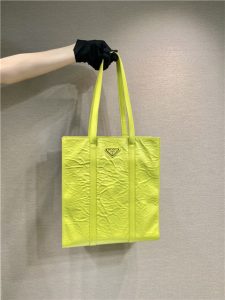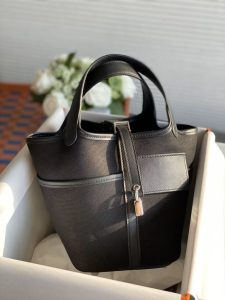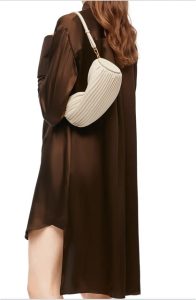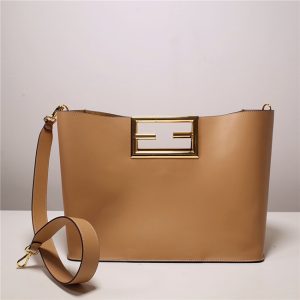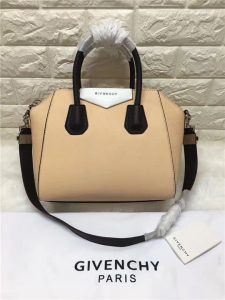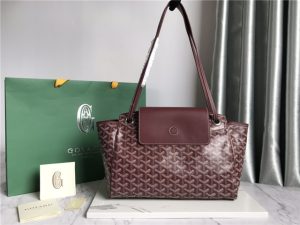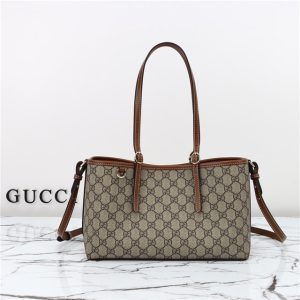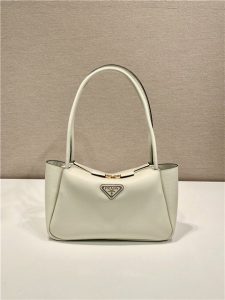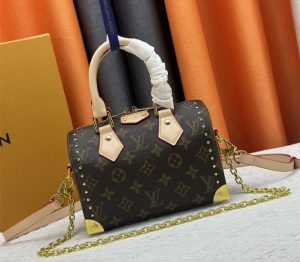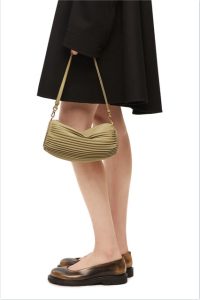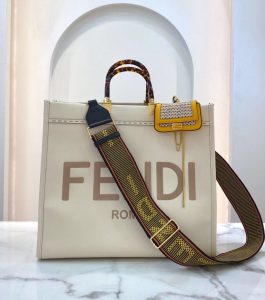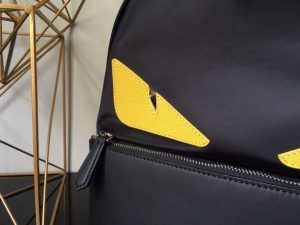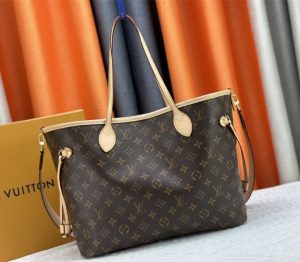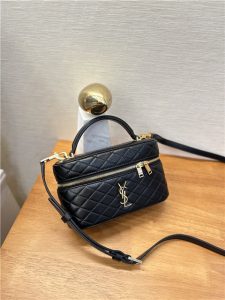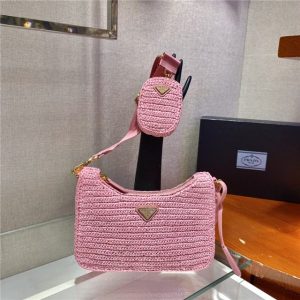Okay, so let’s get real for a sec. You’re scrolling through Amazon, eyeing that sweet pair of Nikes (or Uggs, or Brooks, whatever your heart desires), and a little voice in the back of your head whispers: “Is this legit?” I mean, we’ve all been there, right? The internet is a wild west, and sometimes it feels like Amazon is the sheriff who’s taken a *long* coffee break.
The short answer? It’s complicated. Like, *really* complicated.
See, Amazon likes to tell you they’re all about authenticity and customer satisfaction. And, like, in theory, yeah, that’s probably the goal. But in practice? Well, their “commingling” system, where products from different sellers get thrown into the same bin, can be a recipe for disaster. You *think* you’re buying from Amazon directly, but that pair of Reeboks could have been sitting next to some dodgy knock-offs in a warehouse somewhere. Yikes.
Then there’s the whole third-party seller thing. Amazon’s basically a giant marketplace. While *they* might not be intentionally selling fakes (at least, that’s what we *hope*), it’s like, ridiculously easy for shady characters to set up shop and peddle counterfeit goods. And let’s be honest, some of these fakes are getting pretty darn good. It’s not always obvious, ya know?
I gotta say, I’ve personally been burned. I once bought what I thought was a legit pair of running shoes, only to have them fall apart after like, a month. The stitching was wonky, the material felt cheap… it was a total rip-off. And trying to get a refund? Ugh, don’t even get me started. It was a whole ordeal.
So, what’s a shoe-loving, internet-shopping person to do? Here’s the thing, there’s no foolproof guarantee. You can try sticking to “Sold by Amazon” and “Shipped by Amazon,” but even then, sometimes fakes slip through. I think it’s just the risk we gotta take.
But here are a few tips I’ve picked up:
* If the price is too good to be true, it probably is. Seriously, trust your gut.
* Read the reviews! Look for patterns. Are people complaining about the quality? Are the shoes falling apart? That’s a big red flag.
* Check the seller’s rating. A low rating or a bunch of negative feedback is a major warning sign.
* Compare the shoes to images on the official brand website. Look for subtle differences in the logo, stitching, or material.
Ultimately, buying shoes on Amazon is a bit of a gamble. You *could* score a great deal on a genuine pair of kicks. Or you could end up with a pair of cheap knock-offs that fall apart after a week. It’s kinda a crapshoot.

